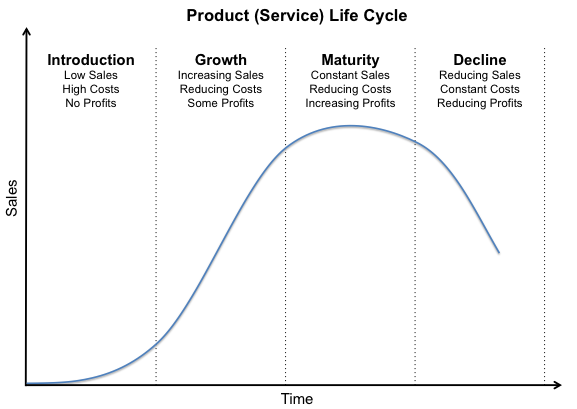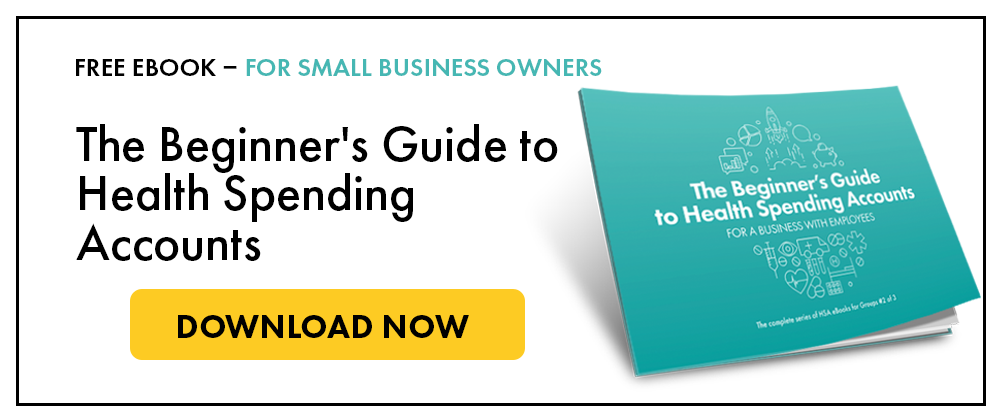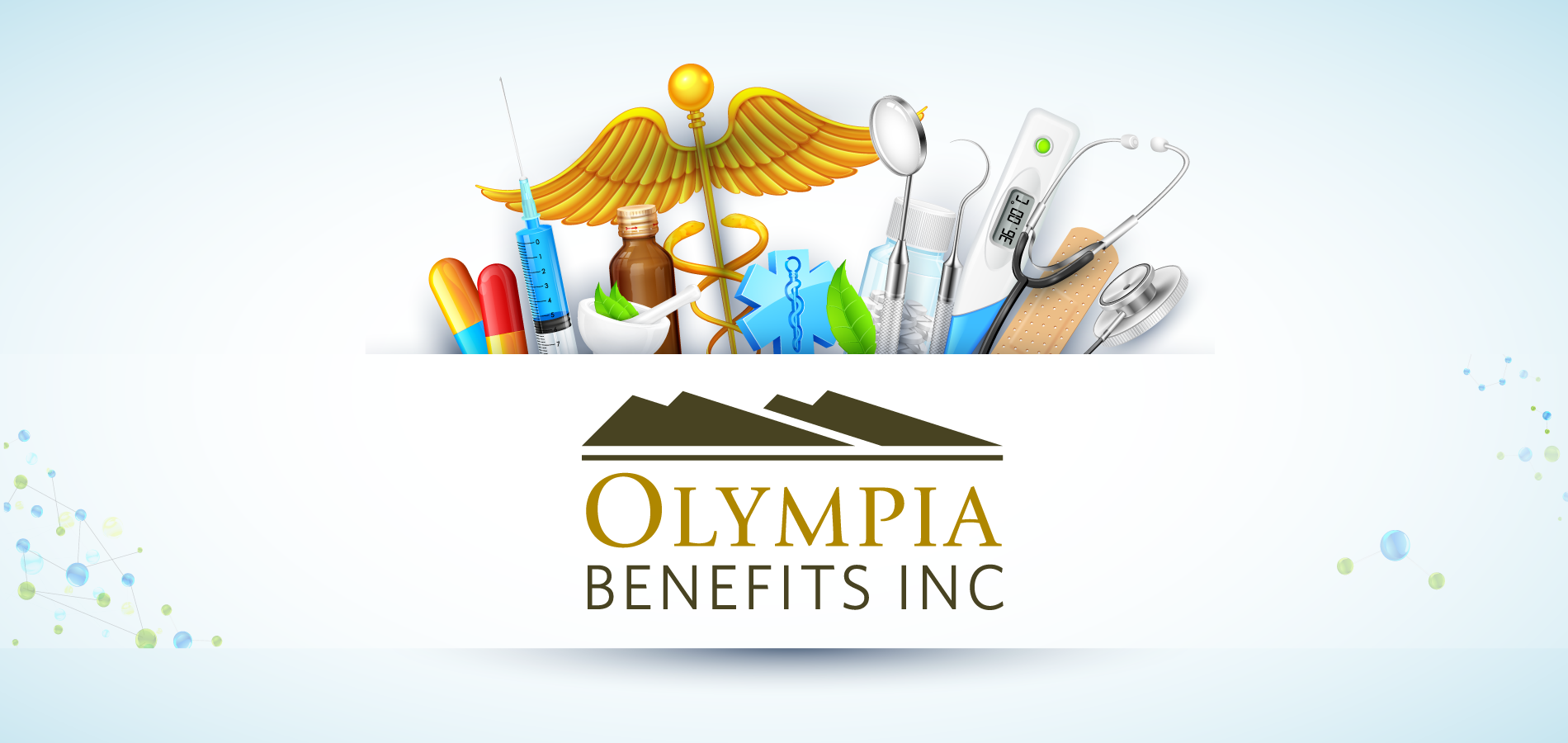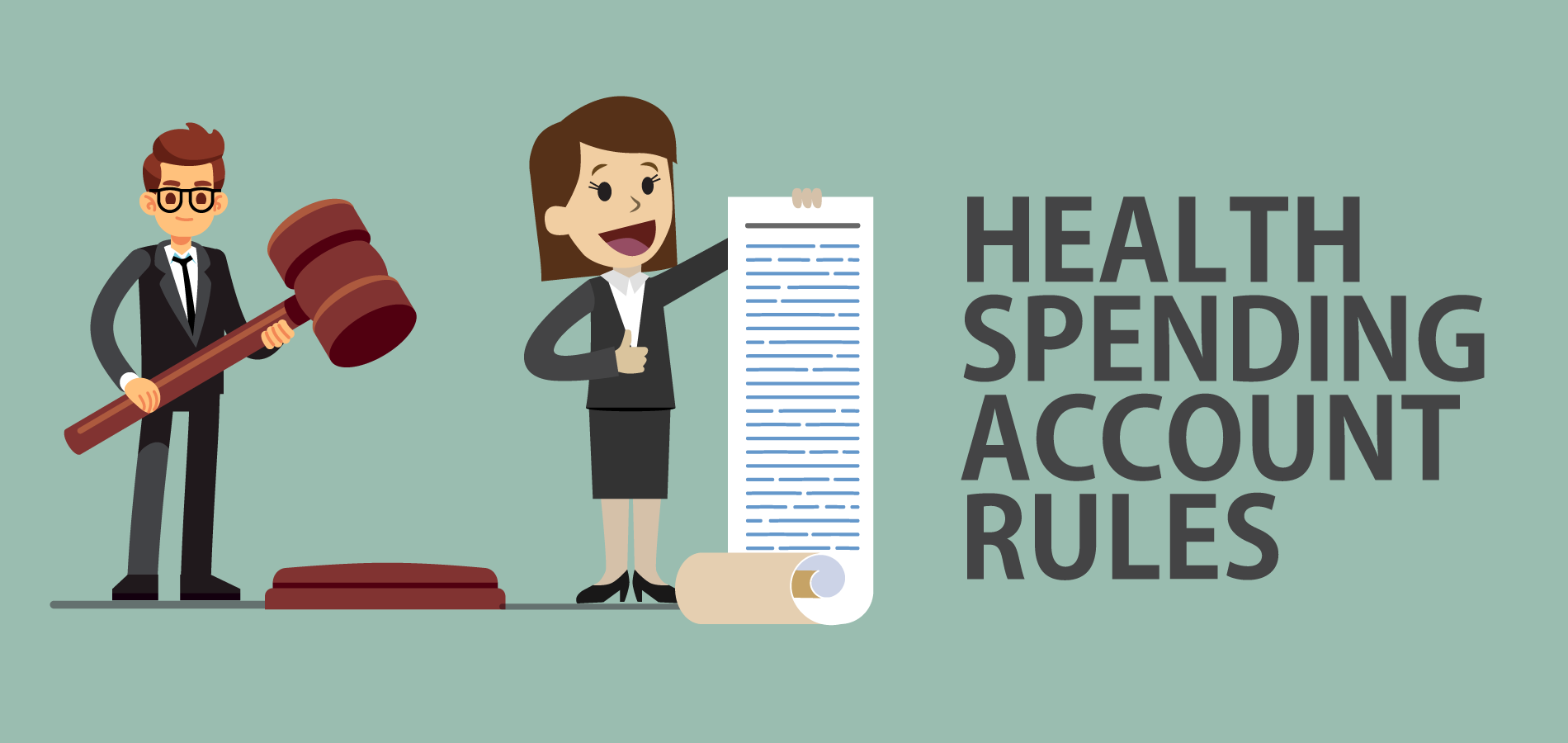No product lasts forever.
Do you know where your small business product is in its product life cycle? Are you introducing tomorrow’s product, today?
Learn how to evaluate where your small business products reside in the Product Life Cycle to optimize your business strategy.
The "Product Life Cycle" is a model that predicts the general trend that most successful products or services will follow during their lifetime.
For example, think about VHS tapes: they were introduced in the mid-to-late seventies; grew in popularity throughout the eighties; matured in the early nineties; and declined thereafter due to the growing popularity of DVDs.

Stage 1: Introduction
As a product is introduced there will usually be high costs in bringing it to market but low sales resulting in initial losses.
Stage 2: Growth
If the market decides it wants the product, sales increase; and unit costs decrease because of economies of scale.
The product starts to become profitable at sales above the break-even point.
Stage 3: Maturity
Profits gradually increase as both demand peaks and costs continue to reduce because of efficiencies.
Eventually competitors also enter the market with their own products in pursuit of these profits and this increased competition leads to a reduction in sales.
Stage 4: Decline
Sales and profits reduce significantly as the product comes to the end of its life and customers move to other products.
Time in each stage
The goal for your small business is to move your product through the "Introduction" stage and the "Growth" stage as quickly as possible in order to benefit for as long as possible from the profits that are available in the "Maturity" stage. It is also important that when your product is clearly in the "Decline" stage and cannot be revived that you discontinue it before it becomes loss making.
Multiple products
The Product Life Cycle is most valuable when it is used to evaluate how well balanced the mix of your small business’s products are. For example if all of your products are in the Decline stage of the life cycle then you are going to run out of income from sales but if all of your products are in the Introduction stage you are probably going to be over extended and run out of cash.
Ideally you would have products at each stage of the life cycle so that as one moves from Maturity and into Decline another takes its place.
Summary
The Product Life Cycle is a simple model which cannot predict future sales but is important because it shows how a product has performed over its life so far and how successful that product has been at contributing to the profits of a small business.
Finally, if you use the Product Life Cycle to ensure that you have products at different stages in their life cycle you can be confident that you can enjoy returns not just today but in the future and in so doing set your business free.
Related Reading: 5 Inexpensive Ways for Small Businesses to Conduct Market Research
In order to maximize available investment for your small business products, optimize your savings on health and dental expenses. If you own a family business or are an incorporated professional, please take a look at Olympia's Beginner's Guide to Health Spending Accounts.

Or do you own a small business with employees? Download Olympia's Beginner's Guide to Group Health Spending Accounts.









